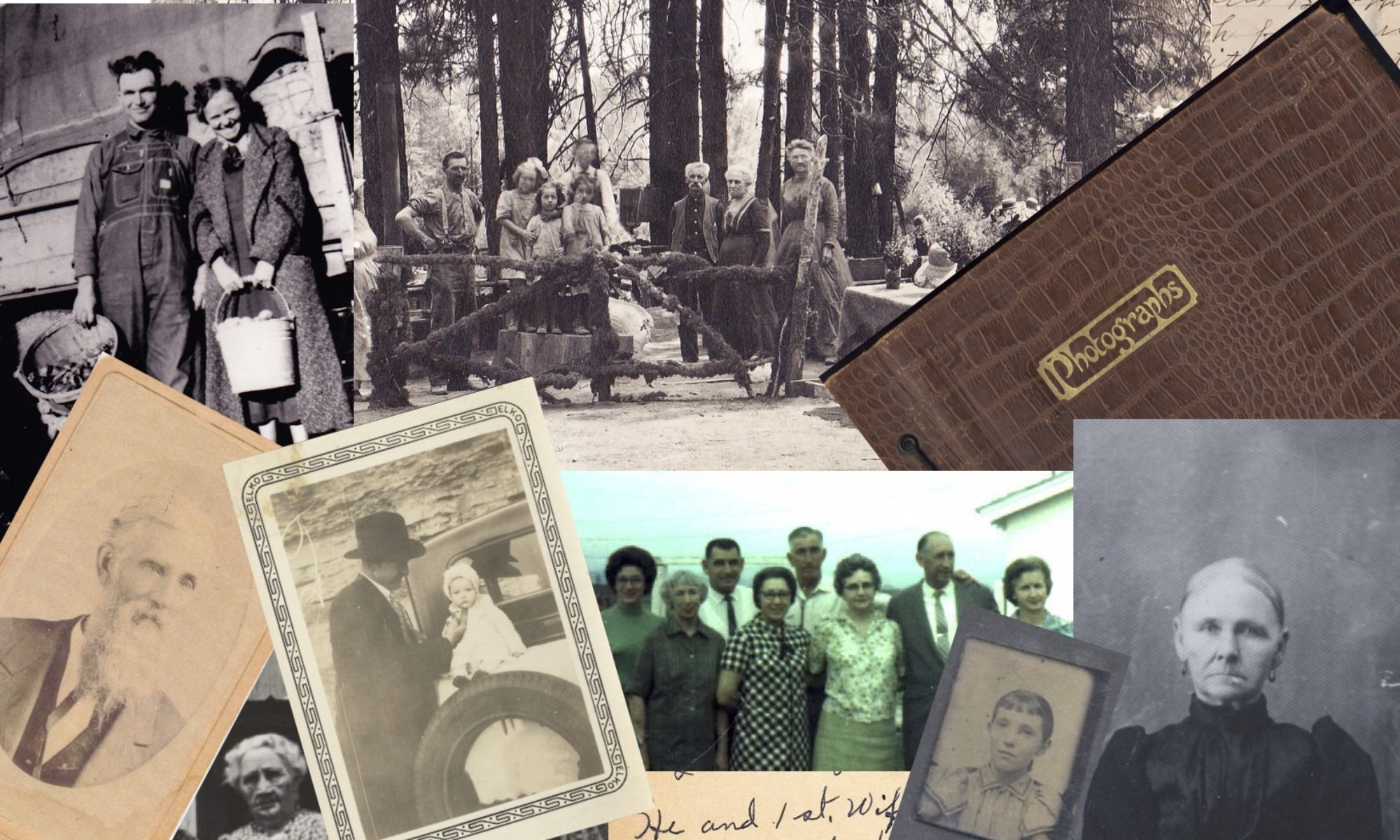Here is the latest instalment in my series about the Research Like a Pro process. I’m serving as a Peer Group Leader for this study group.
Our assignment this week was to plan our research phase, including:
- Summary of known facts based on our timeline
- Background information about the locality based on our locality guide
- Working hypothesis
- Identified sources
- Prioritized research strategy
During research planning, I discovered that I had not included everything I knew in the timeline phase. Since the James Stokers were often confused, I knew more about Edward Stoker, the father of a James Stoker, so I returned to my timeline and added information about Edward Stoker.
Writing up these sections forces the researcher to consider how they know what they know and what is needed to answer the research question. I’ve noticed that documenting middle name origins is particularly problematic. They seem to appear out of nowhere in authored sources. In a same-name project, they could be useful if records over time demonstrate consistent use.
Writing a working hypothesis creates a tension between confirmation bias and keeping an open mind. It’s more likely that researchers do have a bias, so writing the hypothesis is one way to get it in the open. Since hypotheses are meant to be disproven, writing is the safest step for the researcher and a good reason to have peer review of finished products.
Prioritizing is valuable because it avoids the distractions that genealogical research so often inspires! I am not always certain of which sources will most efficiently answer my question and appreciate thinking that step through.
